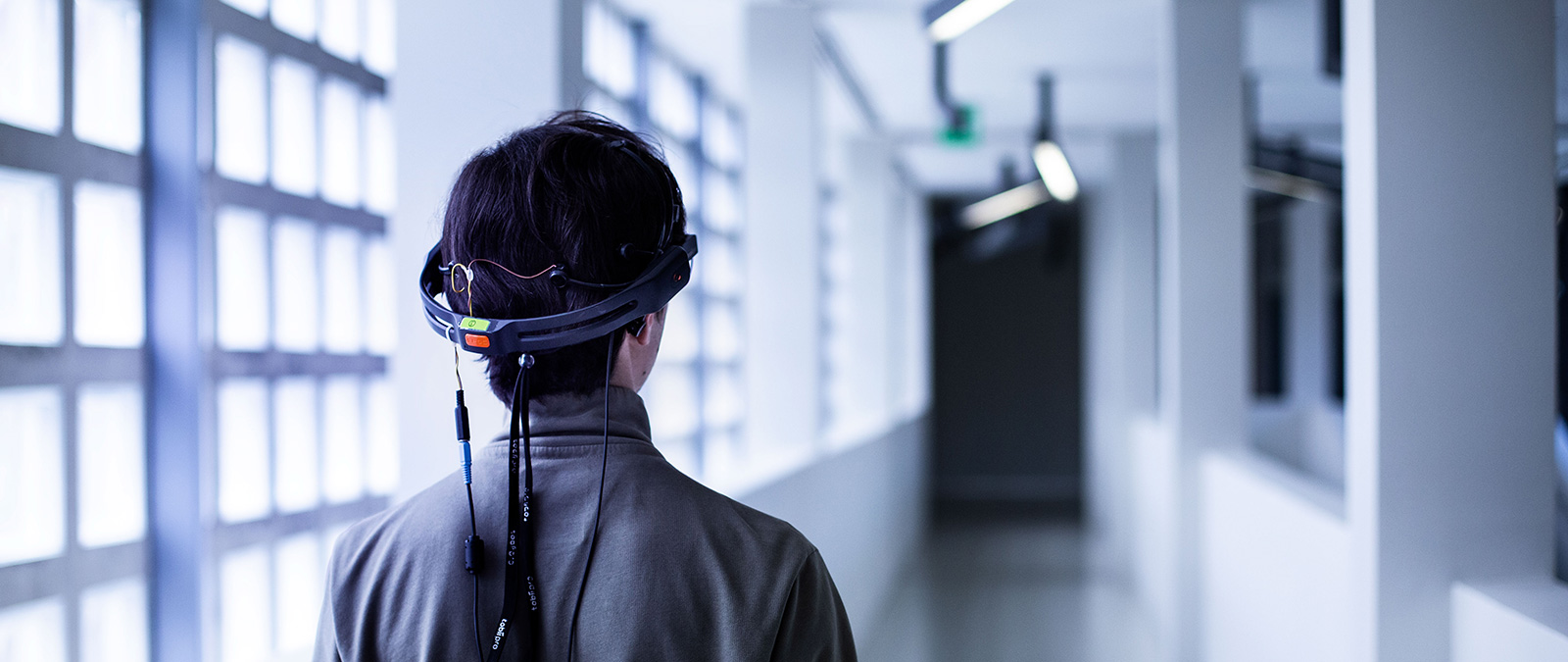
Hybridization in Milan: an analysis of activities and neighbourhoods
Year 2019
The research is an extension of the previous one, which aimed to investigate the theme of the hybridization of spaces in Milan. This transformation, which has been going on for some years now, has had a strong impact on the urban fabric of cities, on the consumption habits of residents, city users and tourists, also generating a parallel induced effect.
The objective of our research is to understand the fundamental functions of these hybrid spaces regardless of their actual ability to accommodate the two main dimensions of culture and consumption previously analyzed. A further space that is going through a growing hybridization is that of work, which encompasses recreational, recreational, commercial and cultural areas.
Another point worthy of attention is the growing hybridization of public and private, which has resulted mainly in the opening of private spaces to activities open to the public, such as homes made available to guests, common condominium spaces open to the neighborhood (co-housing and social streets), dinners organized at home (social eating), churches open to the organization of events, markets, etc..
The hybrid spaces mentioned above, once identified, will be classified according to the type of hybridized activity.
We will then proceed to their geolocation and representation on a map to visualize their presence in the neighborhoods and thus allow us to better understand the relationship between the spread of these new realities and the socio-economic changes that occur within the neighborhoods. Their ability to regenerate areas traditionally considered as unsafe, to facilitate socialization and meeting of different types of people (inhabitants, immigrants, city users, tourists) and to encourage gentrification phenomena will be analyzed.